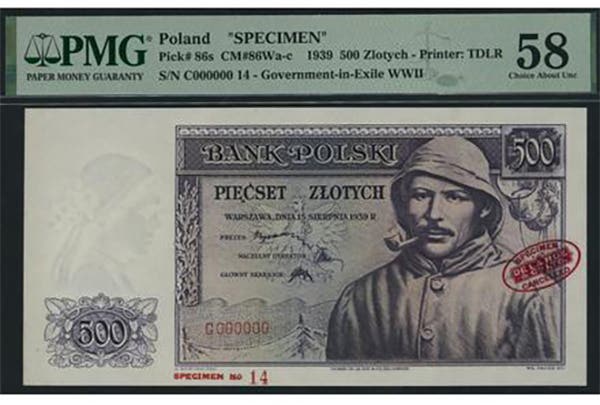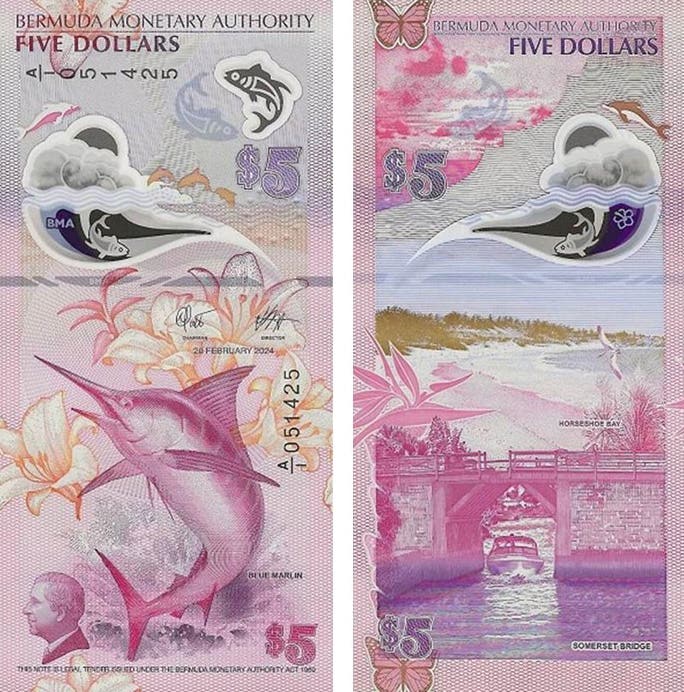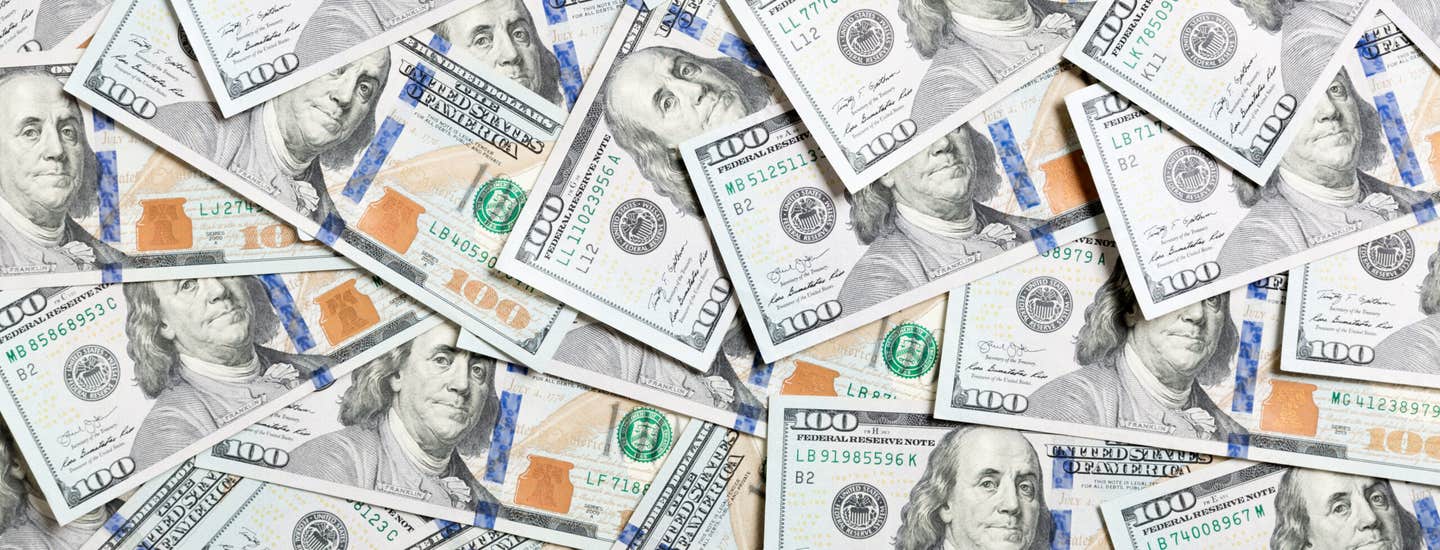Anderson sale results rewrite prices
By Bill Brandimore An interesting look at the fabulous Anderson collection auctioned off at Baltimore in late October resulted in about half of the multi-thousand-dollar-priced notes selling for less than…
By Bill Brandimore
An interesting look at the fabulous Anderson collection auctioned off at Baltimore in late October resulted in about half of the multi-thousand-dollar-priced notes selling for less than catalog prices. A few sold for much more, and a few sold for somewhat more. Is this a reflection on a slowing down in the ultra-rare segment of the market? Overall, the sale was mixed with some real bargains in small-size notes.
The last of the Eric Newman notes sold by Heritage in mid-November included some of Mr. Newman’s currency binders. They sold in groups for $60 to $200. Unfortunately, I chose to bid on a group of binders that had held Northern Midwest notes from Minnesota, Wisconsin, and Michigan, and I lost out to a more interested bidder. I was, however, able to add several Queen Victoria and Prince Albert notes from the late 1850s. They are attractive notes, one with Niagara Falls at center and one with a railroad bridge spanning the St. Lawrence just above the Falls, which is no longer there.
I was able to attend the Michigan State Numismatic Society show and enjoyed talking with Central States Numismatic Society executive Kevin Foley, who was visiting the show in conjunction with the CSNS-sponsored special Sunday presentations put on by former American Numismatic Association president Bob Campbell and my favorite numismatic speaker, Peter Huntoon.
As I expected, the presentations were awesome. Campbell talked on toning in an eye-opening fashion, describing how coin doctors were doing artificial toning and showing how to spot them. He also talked on the art of the deal in buying or selling coins. Huntoon gave two lectures, one on National Banks and a second one on Depression monetary financing by the FDR administration.
Unfortunately, attendance (at $25 for one, to $50 for all four) was very sparse. I’ve seen presentations such as these draw a full house at national shows, but try as we did, we couldn’t sell them with admission fees. I am disappointed, as it would indicate low interest in the value of education in numismatics as opposed to simply buying and selling product.
Other old friends I talked with included Larry Falater, Cliff Mishler, Keith and Sue Bauman, and Al and Ann Bobrofsky. In general, the MSNS show was smaller than in the past and had very few world or U.S. currency dealers. It did continue its fine tradition of outstanding exhibits. I also managed to add a neat fourth title Charter 10527 note to my collection, a $10 Type 1 small-size with billboard margins, The First National Bank Detroit.
It appears that the 20 percent auction fee is having an effect on the market. I believe it was structured in such a way as to allow sellers to receive 3-5 percent more compensation. It would seem, however, that buyers are paying more attention to the total price and, at least for moderately priced items, they are favoring dealers in making their purchases.
I am seeing lower bids in the area of inexpensive or moderately priced items and not much growth in pricier items. The truly expensive items seem to thrive, as the purchaser of a million-dollar note isn’t as concerned with price as most collectors. Hopefully we will see some more life in the market overall as middle-class wages improve.
Contact me at billbrandimore@charter.net.
This article was originally printed in Bank Note Reporter. >> Subscribe today.
If you like what you've read here, we invite you to visit our online bookstore to learn more about Standard Catalog of United States Paper Money.
NumismaticNews.net is a participant in the Amazon Services LLC Associates Program, an affiliate advertising program designed to provide a means for sites to earn advertising fees by advertising and linking to Amazon.com and affiliated websites.








